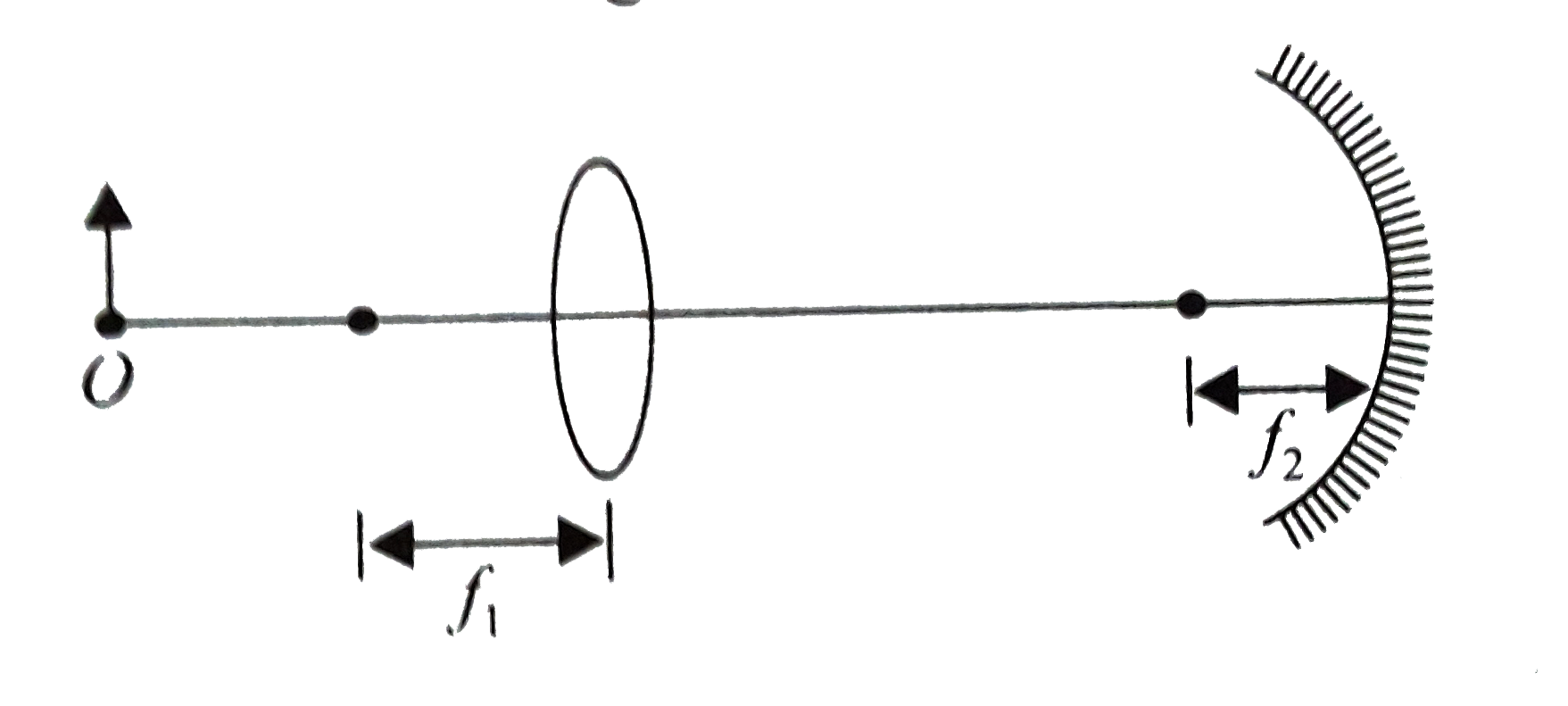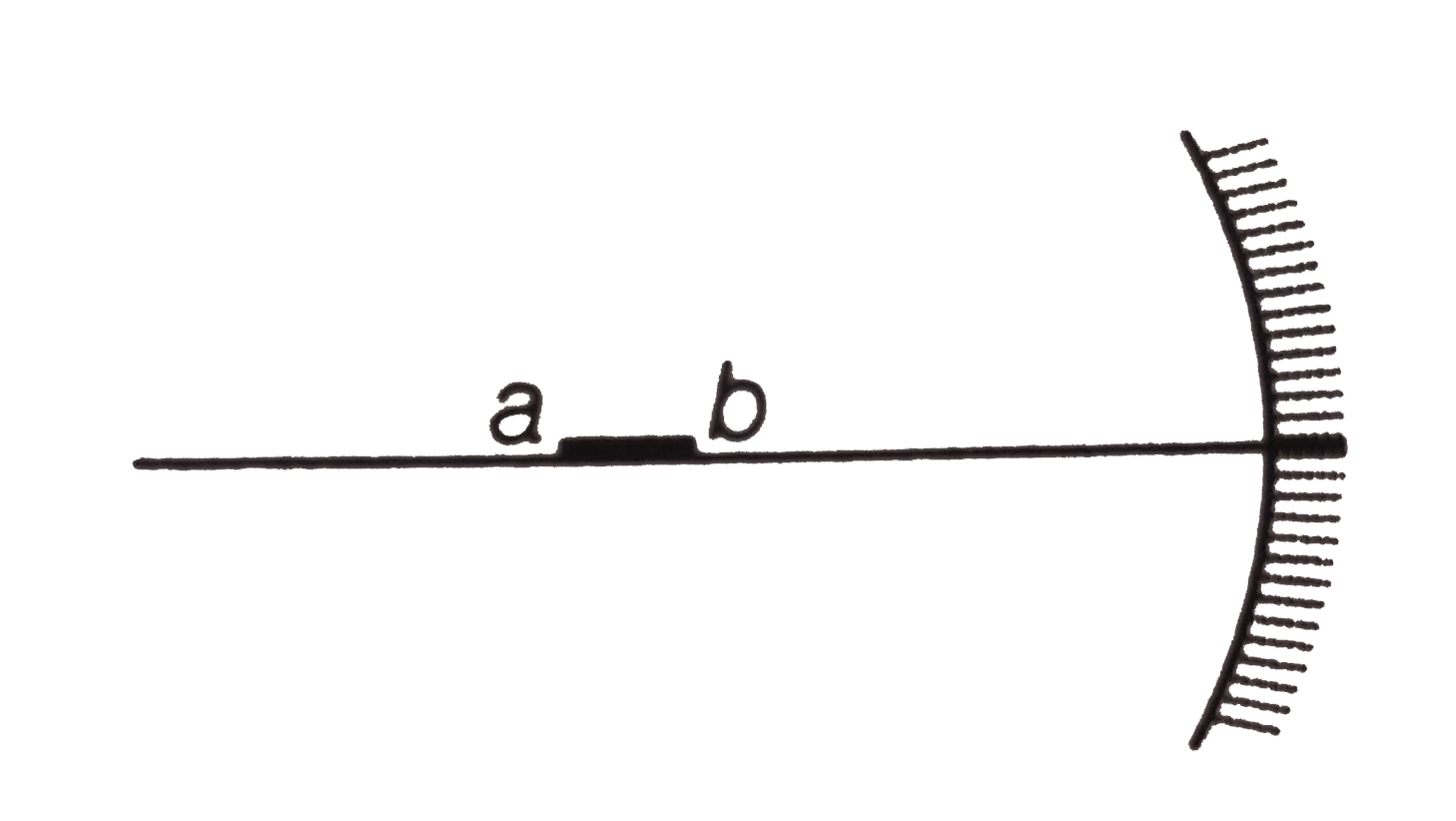How is the position of image related to the position of the object for concave mirror of focal length f?
To determine how the position of the image is related to the position of the object for a concave mirror with a focal length f, we can use the mirror formula:
1. Understand the Mirror Formula:
The mirror formula is given by:
1f=1v+1u
where:
- f is the focal length of the mirror,
- v is the image distance from the mirror,
- u is the object distance from the mirror.
2. Identify the Sign Conventions:
- For a concave mirror, the focal length f is considered negative (i.e., f<0).
- The object distance u is also negative since the object is placed in front of the mirror (i.e., u<0).
- The image distance v can be positive or negative depending on whether the image is real or virtual.
3. Rearranging the Formula:
To find the relationship between the image distance v and the object distance u, we can rearrange the mirror formula:
1v=1f−1u
This shows that the image distance v is dependent on both the focal length f and the object distance u.
4. Analyzing the Relationship:
- If the object is moved closer to the mirror (i.e., u becomes less negative), the term 1u increases in value (becomes less negative), which causes 1v to decrease, resulting in v becoming larger (more positive), indicating that the image moves further away from the mirror.
- Conversely, if the object is moved further away (i.e., u becomes more negative), 1u decreases in value (becomes more negative), which causes 1v to increase, resulting in v becoming smaller (more negative), indicating that the image moves closer to the mirror.
5. Conclusion:
The position of the image is inversely related to the position of the object for a concave mirror. As the object distance u changes, the image distance v changes accordingly based on the mirror formula.
The mirror formula is given by:
1f=1v+1u
where:
- f is the focal length of the mirror,
- v is the image distance from the mirror,
- u is the object distance from the mirror.
- For a concave mirror, the focal length f is considered negative (i.e., f<0).
- The object distance u is also negative since the object is placed in front of the mirror (i.e., u<0).
- The image distance v can be positive or negative depending on whether the image is real or virtual.
To find the relationship between the image distance v and the object distance u, we can rearrange the mirror formula:
1v=1f−1u
This shows that the image distance v is dependent on both the focal length f and the object distance u.
- If the object is moved closer to the mirror (i.e., u becomes less negative), the term 1u increases in value (becomes less negative), which causes 1v to decrease, resulting in v becoming larger (more positive), indicating that the image moves further away from the mirror.
- Conversely, if the object is moved further away (i.e., u becomes more negative), 1u decreases in value (becomes more negative), which causes 1v to increase, resulting in v becoming smaller (more negative), indicating that the image moves closer to the mirror.
The position of the image is inversely related to the position of the object for a concave mirror. As the object distance u changes, the image distance v changes accordingly based on the mirror formula.
Topper's Solved these Questions
- REFLECTION OF LIGHTBook:ICSEChapter:REFLECTION OF LIGHTExercise:EXERCISE 7(B)
Explore 9 Videos
- REFLECTION OF LIGHTBook:ICSEChapter:REFLECTION OF LIGHTExercise:EXERCISE 7(C)
Explore 54 Videos
- REFLECTION OF LIGHTBook:ICSEChapter:REFLECTION OF LIGHTExercise:EXERCISE 7(C)
Explore 54 Videos
- PROPAGATION OF SOUND WAVES Book:ICSEChapter:PROPAGATION OF SOUND WAVES Exercise:EXERCISE -8(B) (Multiple choice type)
Explore 3 Videos
- SOUNDBook:ICSEChapter:SOUNDExercise:TOPIC 2 Infrasonic and Ultrasonic Waves ( 3 Marks Questions)
Explore 3 Videos
Similar Questions
How is the position of an image related to the position of the object in a plane mirror ?
View SolutionHow is the position of image formed by a plane mirror related to the position of the object ?
View SolutionGraph of position of image vs position of point object from a convex lens is shown. Then, focal length of the lens is
_E01_287_Q01.png)
View SolutionFocal length of a concave mirror is
View SolutionDetermine the position of the image produced by an optical system consisting of a concave mirror with a focal length of 10cm and a convergent lens with a focal length of 20cm. The distance from the mirror to the lens is 30cm and from the lens to the object is 40cm. Consider only two steps. Plot the image.
View SolutionFind the nature of image when an object is placed at 2f from the pole of a convex mirror of focal length f
View SolutionState the position of object for which the image formed by a concave mirror is of same size.
View SolutionAn object is placed in front of a converging lens at a distance equal to twice the focal length f1 of the lens. On the other side of the lens is a concave mirror of focal length f2 separated from the lens is a concave mirror of focal length f2 separated from the lens by a distance 2(f1+f2). Light from the object passes rightward through the lens, reflects from the mirror, passes leftward throught the lens, and forms a final image of the object.

View Solution
A small object ab of size 1mm is kept at a distance of 40 cm form a concave mirror of focal length 30 cm. Make image of this object.
View SolutionAn object 4cm in size is placed at a distance of 25.0cm from a concave mirror of focal length 15.0 cm. Find the position, nature and height of the image.
View Solution